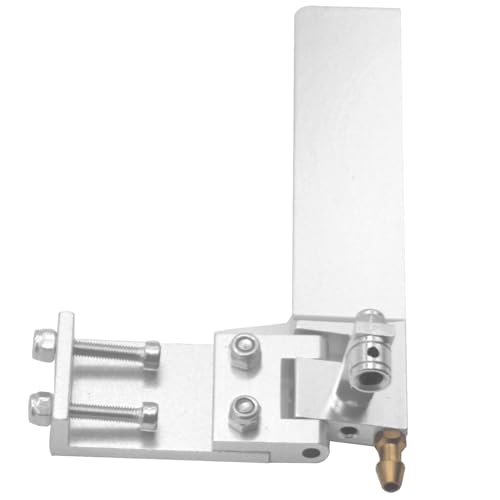Anders_Martinelle
Well-Known Member
- Joined
- Dec 21, 2002
- Messages
- 394
Ian, you just need to swing a Octura 2170 with 6,9" cup at 27000rpm ;D and that will give you 120mph +............
Easy ;D ;D ;D ;D ;D NO!!!!!!
Anders
Easy ;D ;D ;D ;D ;D NO!!!!!!
Anders



































